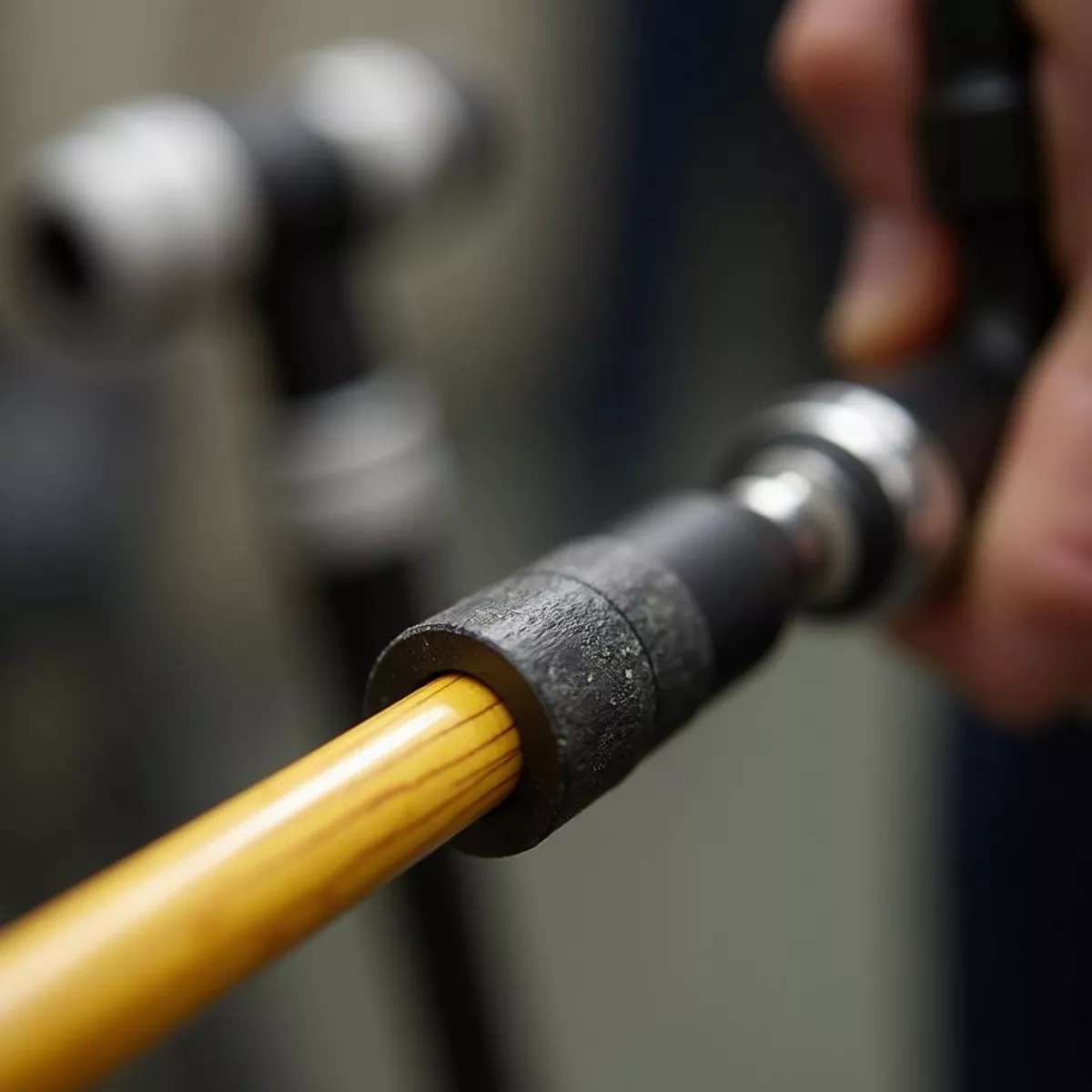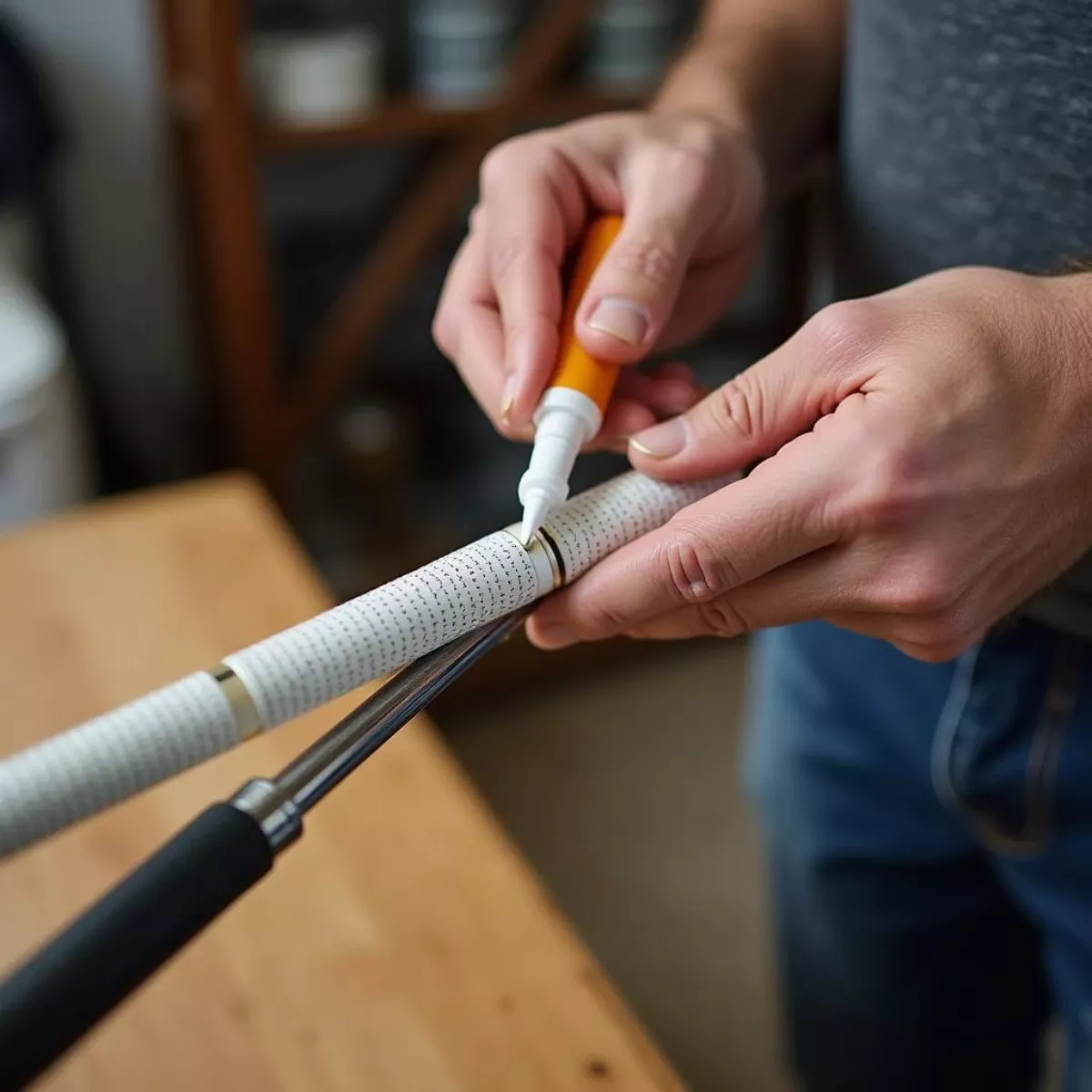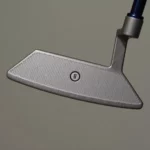When it comes to golf performance, every detail matters. One of the crucial aspects that can influence your game is the length of your golf shaft. Cutting graphite golf shafts isn’t just about making them shorter; it’s about enhancing your overall golfing experience. Whether you’re seeking more control, distance, or comfort, this guide will walk you through everything you need to know about cutting graphite golf shafts effectively.
Why You Might Need to Cut Your Graphite Golf Shaft
There can be various reasons you might want to cut down your graphite golf shaft:
- Personal Preference: Players often prefer shafts of different lengths based on their swing mechanics.
- Fit and Comfort: A properly sized shaft helps with posture and swing dynamics, leading to better performance.
- Control: A shorter shaft can sometimes provide more control over your shots.
- Improved Consistency: Cutting down a shaft can lead to more predictable shot patterns.
Tools You Will Need
Before diving into the step-by-step guide, let’s gather the necessary tools. Here’s a handy list:
- Graphite shaft cutter: A specialized cutter designed for graphite shafts.
- Measuring tape: For accurately measuring the desired shaft length.
- Chalk or marker: To mark the cutting line clearly.
- Protective eyewear: Safety first, especially when cutting materials.
- Cutting mat or surface: To protect your workspace.
- Shaft grip and adhesive: If you need to reattach grips after cutting.
Step-by-Step Guide to Cutting a Graphite Golf Shaft
Now that you have your tools handy, let’s take a look at the step-by-step process.
Step 1: Determine the Desired Length
- Use your measuring tape to determine the appropriate length of the golf shaft.
- Standard lengths commonly range from 43 to 45 inches. However, your ideal length may vary based on your height, swing style, and comfort level.
Step 2: Mark the Cutting Line
- With your chalk or marker, mark where you intend to make your cut. It’s vital that this line is clear and precise to avoid mistakes.
Step 3: Secure the Shaft
- Attached to a stable surface, secure the shaft in place to ensure it doesn’t move while you’re cutting. Clamp it down if possible.
Step 4: Cut the Shaft
- Using a graphite shaft cutter, begin cutting at the marked line. It’s essential to use a slow and steady motion to avoid fracturing the shaft.
- Tip: Avoid excessive force; let the tool do its job.
 Cutting Graphite Golf Shaft
Cutting Graphite Golf Shaft
Step 5: Smooth the Cut Edge
- Once you’ve made your cut, there might be some rough edges. Use sandpaper or a file to smooth out the end for a flush finish. This prevents damage when reattaching the grip.
Step 6: Reattach the Grip
- After cutting, it’s time to apply your grip. Use a suitable adhesive, following the instructions provided with the grip.
 Reattaching Golf Grip
Reattaching Golf Grip
Step 7: Measure Again
- Measure the shaft again post-cutting, just to ensure accuracy. You want to confirm that the shaft is now at the proper length before hitting the course.
Additional Tips for Cutting Graphite Golf Shafts
- Consult a Professional: If you’re unsure, consider consulting a golf club professional. They can provide guidance based on your swing and stats.
- Do Not Rush: Patience is key. Rushing the process can lead to costly mistakes.
- Watch Videos: Seek out tutorial videos online to visualize the process. It could provide additional insight and confidence.
Key Takeaways
Cutting graphite golf shafts isn’t as daunting as it may seem. Here’s a quick recap of the essential points to remember:
- Measure twice, cut once: Always double-check your desired length.
- Use the right tools: A graphite shaft cutter and measuring tape are essential for success.
- Prioritize safety: Wear protective eyewear and take precautions during the cutting process.
- Smooth edges: Ensure the cut edge is free of any rough spots before reattaching the grip.
- Seek Help if Needed: Don’t hesitate to consult professionals for guidance.
Frequently Asked Questions (FAQ)
1. Can I cut my graphite golf shaft myself?
Yes, cutting your graphite golf shaft can be done at home, provided you have the right tools and skills.
2. What if I cut my shaft too short?
If you cut your shaft too short, the only remedy is to replace it. There’s no way to add length back on once it’s cut.
3. Do I need to replace the grip after cutting?
Yes, it’s recommended to replace the grip after cutting, as the original grip may not fit correctly.
4. Can I use a regular saw to cut the shaft?
No, a regular saw can damage the graphite. Using a dedicated graphite shaft cutter is crucial for a clean cut.
5. How much can I cut off?
It often depends on personal preference, but generally, 1-2 inches is a common range for cutting.
6. Will cutting my shaft affect my swing?
Yes, cutting the shaft can alter your swing dynamics and help improve control and consistency.
 Golf Swing Mechanics
Golf Swing Mechanics
7. Is it essential to smooth the cut edge?
Absolutely! A smooth edge prevents potential damage to the grip and decreases the risk of splintering.
8. Where can I find the right tools for cutting a graphite shaft?
Tools can be found at most golf specialty stores or online retailers that sell golf equipment.
9. How often should I check my shaft length?
It’s a good idea to evaluate shaft length whenever you change your swing style, height, or preferences.
10. What’s the best way to ensure accurate measurements?
Using a measuring tape and a straight edge can significantly increase accuracy. Always double-check numbers.
In conclusion, cutting your graphite golf shaft can enhance your performance on the course. By following this detailed guide, you’ll equip yourself with the knowledge needed to safely and effectively alter your shaft length. Whether you are an avid golfer or just starting, understanding how to cut graphite golf shafts properly can lead to a better game and more enjoyable rounds.
Feel free to check out more articles on golf club fitting, swing techniques, and other related topics essential for improving your game!

